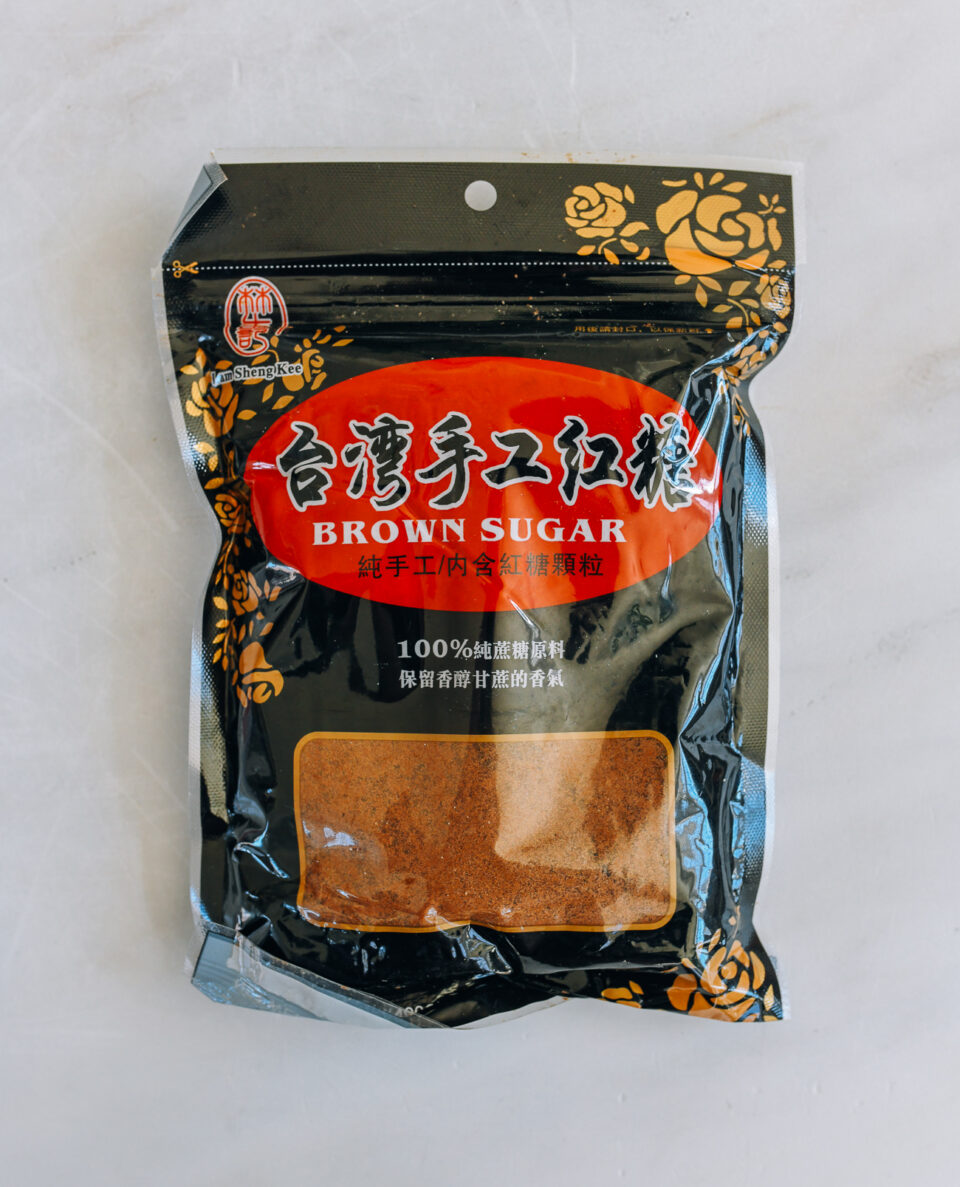Chinese red sugar (Hóng Táng – 红糖) is certainly not the same as western cane sugar.
It is not just a cooking ingredient, it is actually considered by traditional Chinese medicine professionals as a nutritional supplement. Find out more about Chinese red sugar, what makes it different from normal sugar and how to use it in your cuisine.
What is Chinese red sugar?
Chinese red sugar (红糖) is an unrefined cane sugar that obtains its deep reddish-red color and the distinctive flavor of the molasses that remains in the product after cooking.
Unlike white sugar, which is strongly transformed and stripped of its natural minerals, Chinese red sugar maintains some of the nutrients of sugar cane and trace minerals such as potassium, calcium, magnesium and iron.
This sweetener can occur in various shapes, from solid blocks that can be cut or crushed to soft and humid varieties similar to western cane sugar. However, Chinese red sugar is generally elaborated in the least compared to western cane sugar, which is only refined white sugar with added molasses.
You start with sugar cane, a very high and thick type of grass that looks similar to bamboo. The sugar cane is pressed to extract the juice rich in sucrose, which is then filtered and heated. The resulting syrup is constantly agitated to avoid attacking while cooling. The natural molasses in sugar, which contains polyphenols (antioxidants), iron, calcium, magnesium, potassium and vitamin B6, gives it that intense color.
Further reducing returns and even darker colored sugar, often indicated as Black Chinese sugar (Hēi Táng – 黑糖), which is even more appreciated and expensive.
Flavor and consistency
Chinese red sugar has a deep and complex sweetness with thin notes of caramel and a light smoky undertone. It is a little less sweet than white sugar with a more robust aromatic profile that adds size to both sweet and savory dishes.
The plot varies depending on the shape: the blocks are hard of rock and must be broken down or dissolved slowly. The soft variety has a humid and slightly sticky consistency similar to western cane sugar, but with a deeper color and a richer taste. There is also a drier type with a consistency similar to fine sand.
Health benefits in Chinese culture
In traditional Chinese medicine (TCM), red sugar is considered warm and nourishing. It is particularly associated with women’s health. It is an essential ingredient in many postpartum recovery dishes. (See our Postpartum recipes for more information.)
Many Chinese families prepare red sugar ginger tea (红糖姜茶) for women after childbirth or during menstruation to help with blood circulation and to heat the body.
An, apart from Judy:
My mother loves to tell the story of her first memory. He was just 3 years old and remembers the day he was born his brother. The first thing his mother ate after childbirth was a large bowl of red sugar soup with 3 shirt eggs. He seats at the foot of the bed, looking at his mother and wishing that he can also have some soup. Every time he tells this story, he is amazed to still remember the smallest details of those moments clearly like yesterday.
The professionals of traditional Chinese medicine also recommend it for the elderly and people with colds: to dissipate the cold from the body, improve circulation and feed the qi (strengthen and energize the body).
Of course, it is important to remember that Chinese red sugar is still sugar! Use it in moderation.
How to use Chinese red sugar
Chinese red sugar is incredibly versatile in Chinese cuisine. Here are some common uses:
- Sweet soups and desserts: Is the favorite sweetener for traditional desserts such as red bean soup and Chinese New Year Nián Gāo (rice cake cake of brown sugar).
- Braised dishes: In the kitchen of Shanghainese and Jiangsu, you can use red sugar in red dishes such as Hóng Shāo Ròu (红烧肉) both for the color and for the flavor.
- Medicinal tea: Our tea by appointment at ginger (红糖姜茶 红糖姜茶) is excellent for the cold and symptoms of the PMS! I press with red sugar.
- Panini and steam cakes: Many sandwiches and steam cakes use red sugar for its rich flavor, such as the steam cake of red sugar and the Chinese sweet shaobing.
- Sauces and marinades: You can use it to add depth to salt sauces and marinates, balancing spicy or savory flavors.
Basically, Chinese red sugar is a better choice than refined white sugar. So you can use it in any recipe that requires some sugar. (Unless it is a cooking recipe, which will be more precise and little with replacements.)
How to store
Store in an airtight container in a cool and dry place away from direct sunlight. Solid blocks will maintain for years if they are preserved correctly. The granulated and soft varieties can harden over time if exposed to the air, but will still be usable. Just break any groups before using.
If you have the soft variety and you want to prevent it from hardening, you can place a saving of brown sugar in the container (a piece of terracotta soaked in water), which will help to maintain humidity.
Where to buy
Chinese red sugar is promptly available in Asian food stores, generally in the oven or sweetener section. Look for it in plastic packages or small boxes labeled “红糖”. Like online Asian food dealers like Sayweee Take it even if you don’t have a local source.
Note that while the Chinese translate into “red sugar”, you will often see the packages labeled in English such as “brown sugar”. For this reason, over the years we have also called “Chinese brown sugar” on this site.
Chinese red sugar is more expensive than normal sugar. It is a specialized object and some producers can still use traditional and manual cooking methods.
If you are looking for the most expensive black sugar, look for these Chinese characters on the package: “黑糖.” Having said that, we don’t think there are regulations or standards to call it “red” or “black”. But in general, the color is the color, the greater the quality, with a better medicinal value according to TCM.
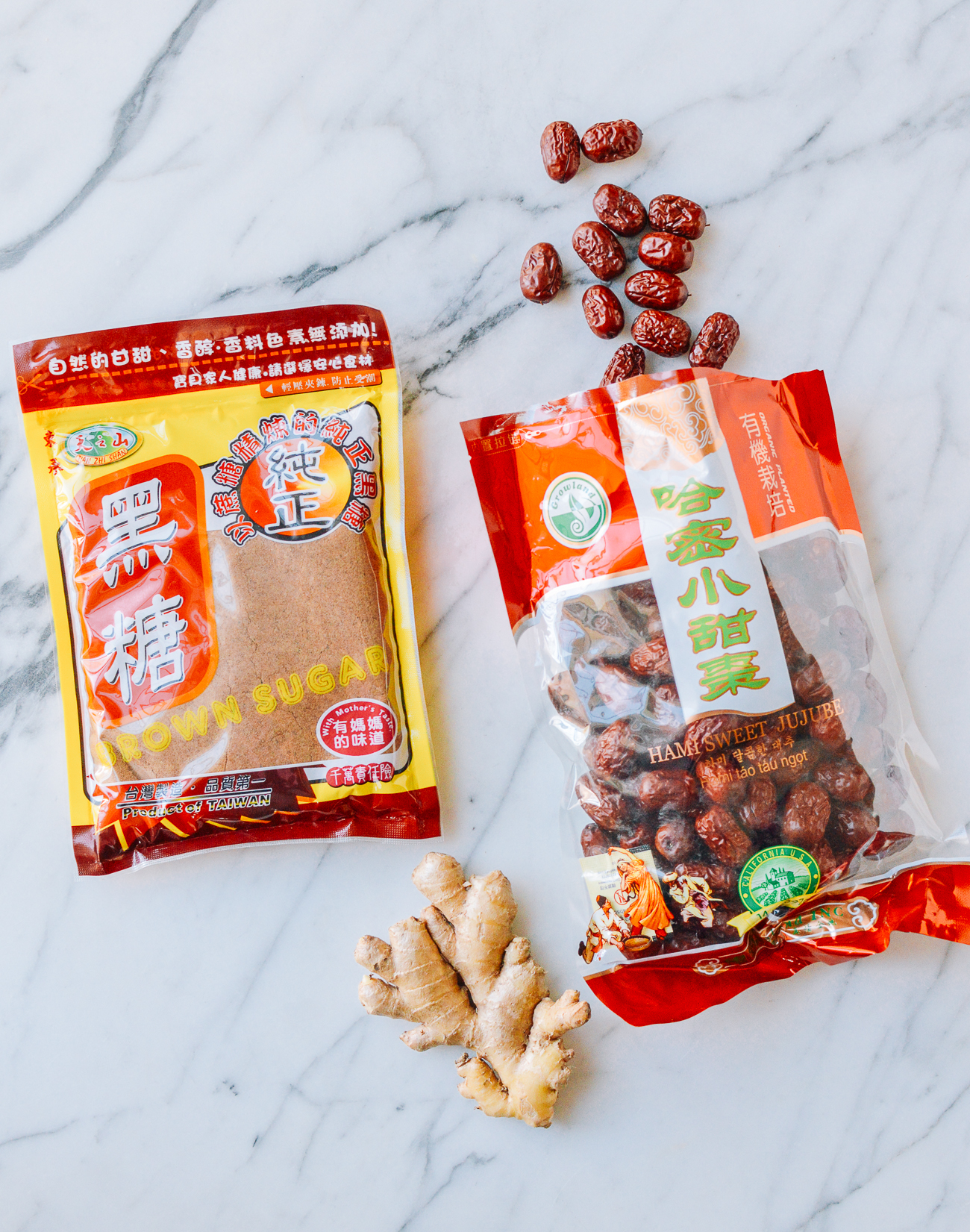
Generally, black sugar should appear much darker than normal red sugar, with more than one molasses color.
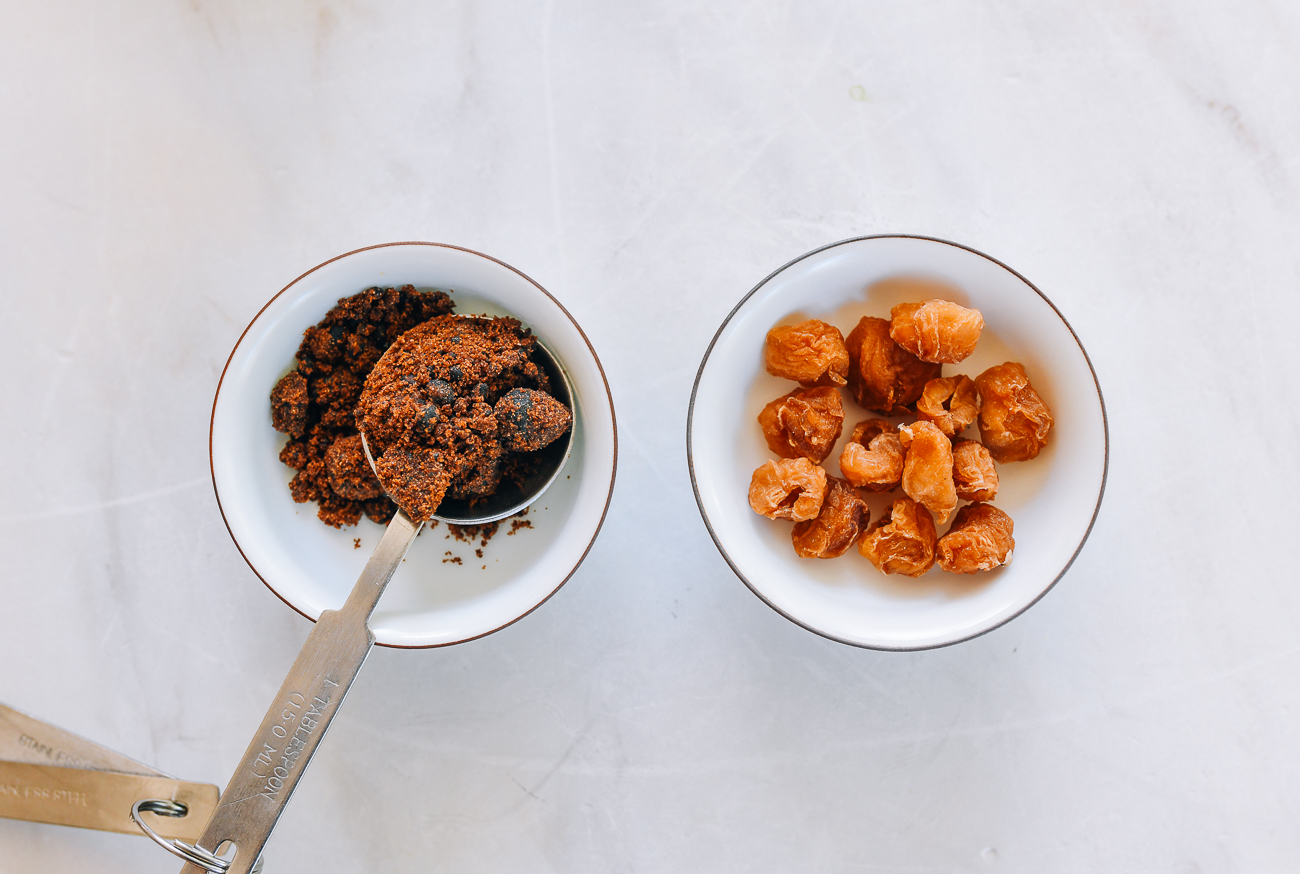
Recipes to try to use Chinese red sugar
These recipes do not explicitly require Chinese red sugar. However, you can use it instead of sugar/brown sugar in these dishes:

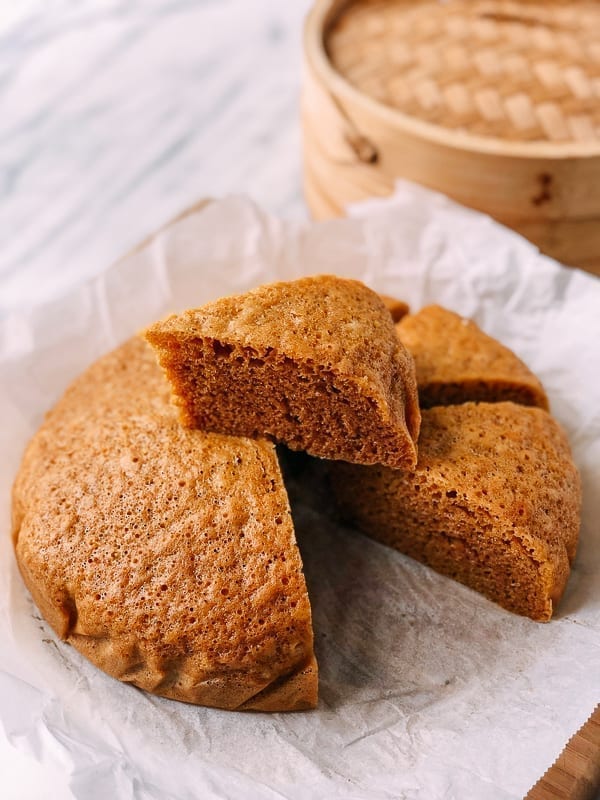

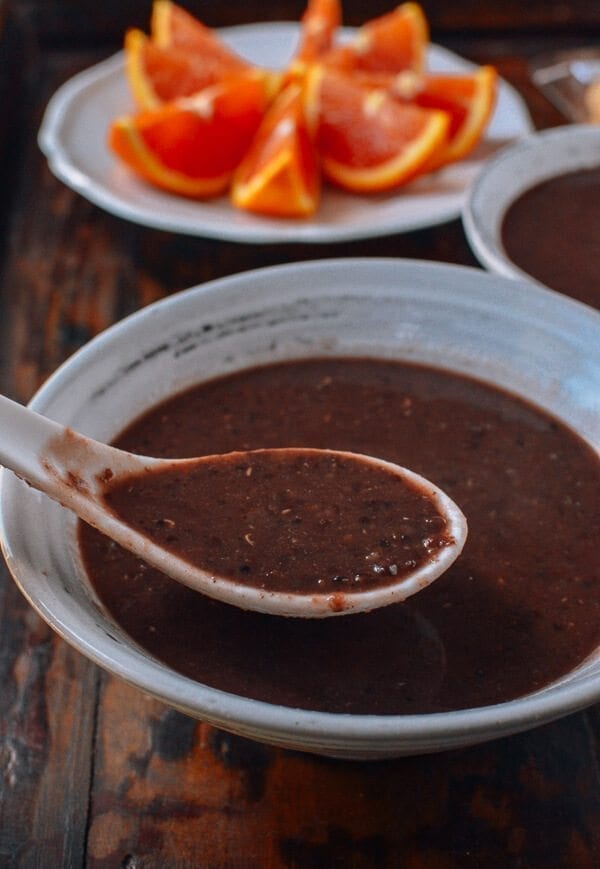
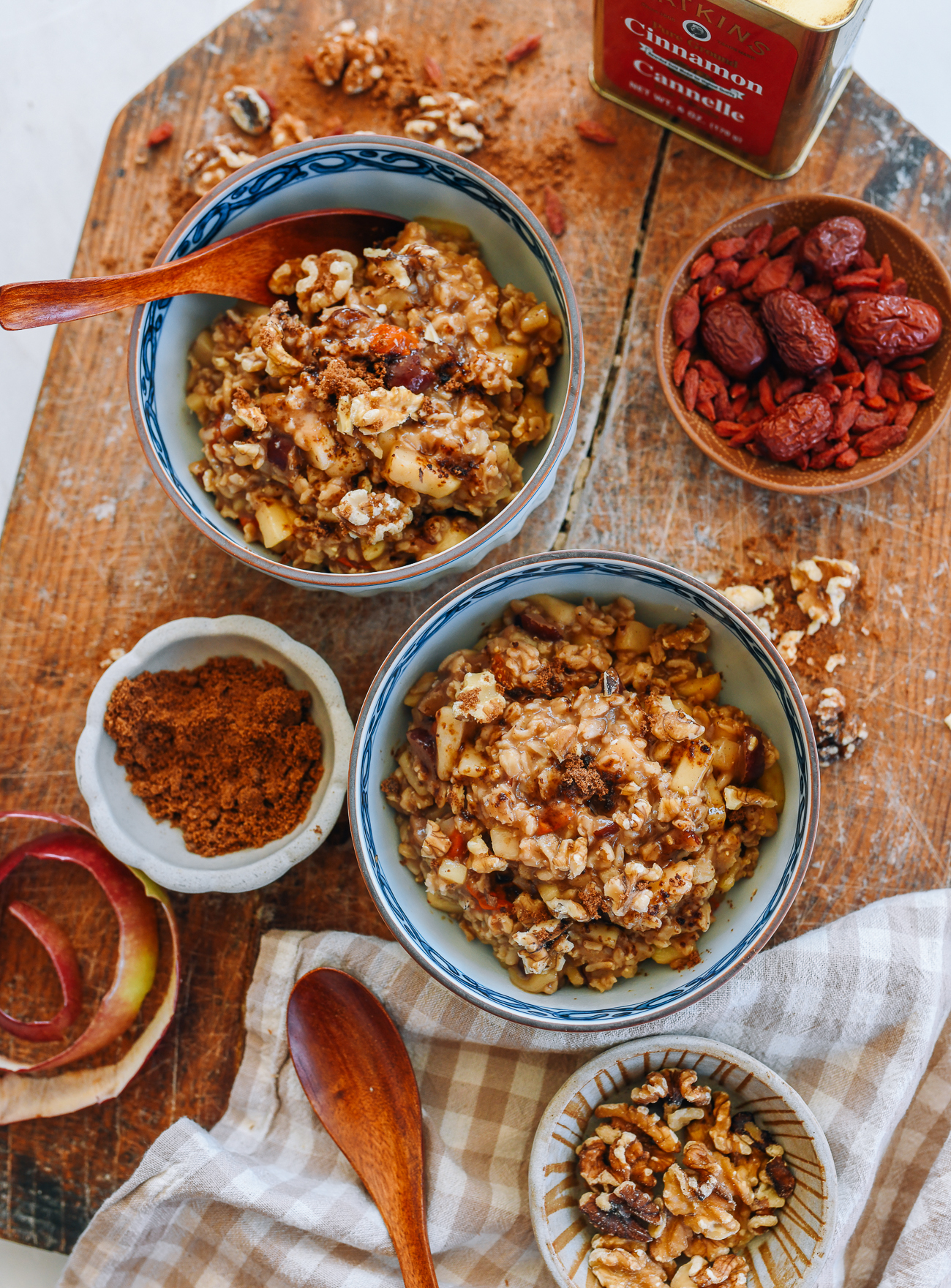
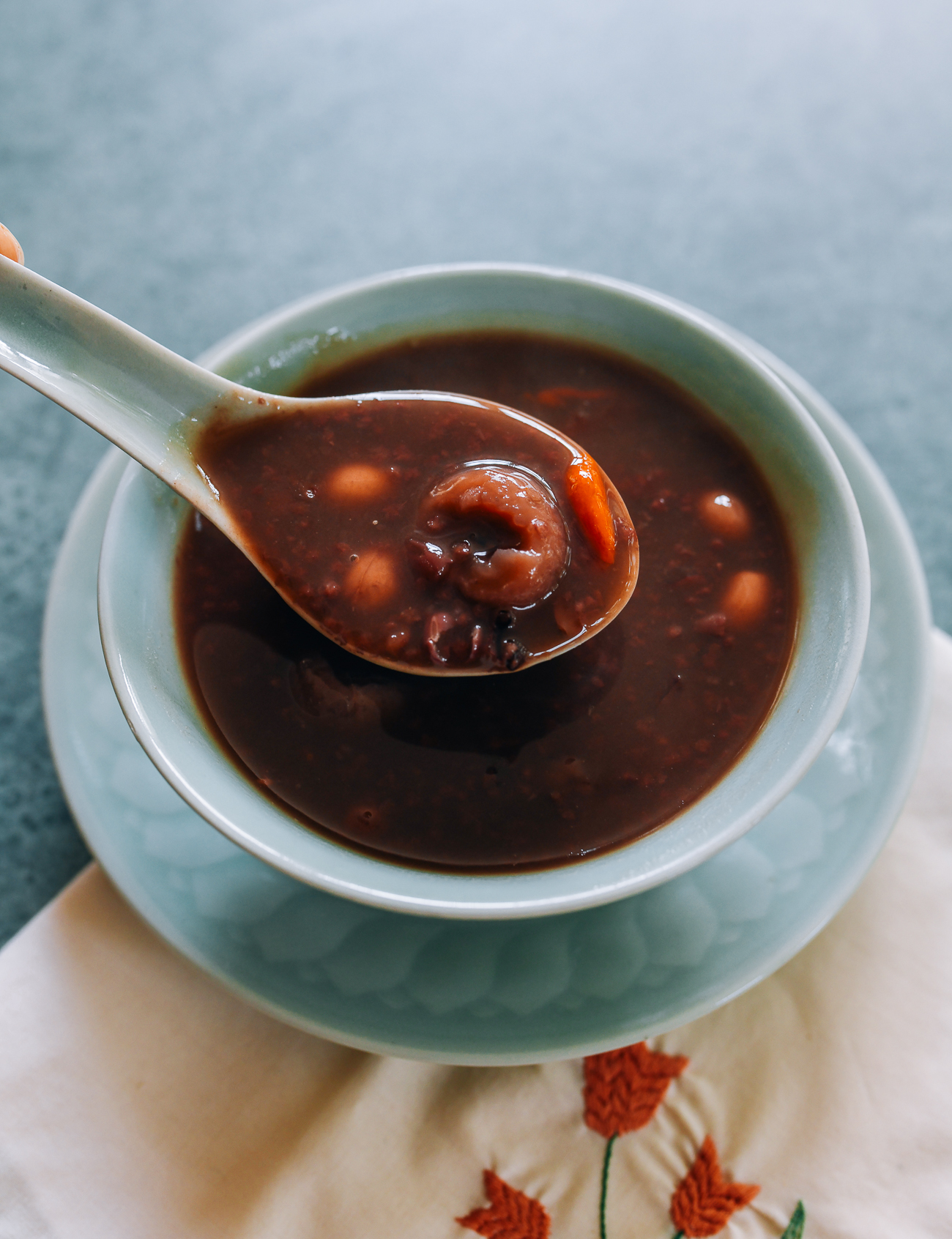
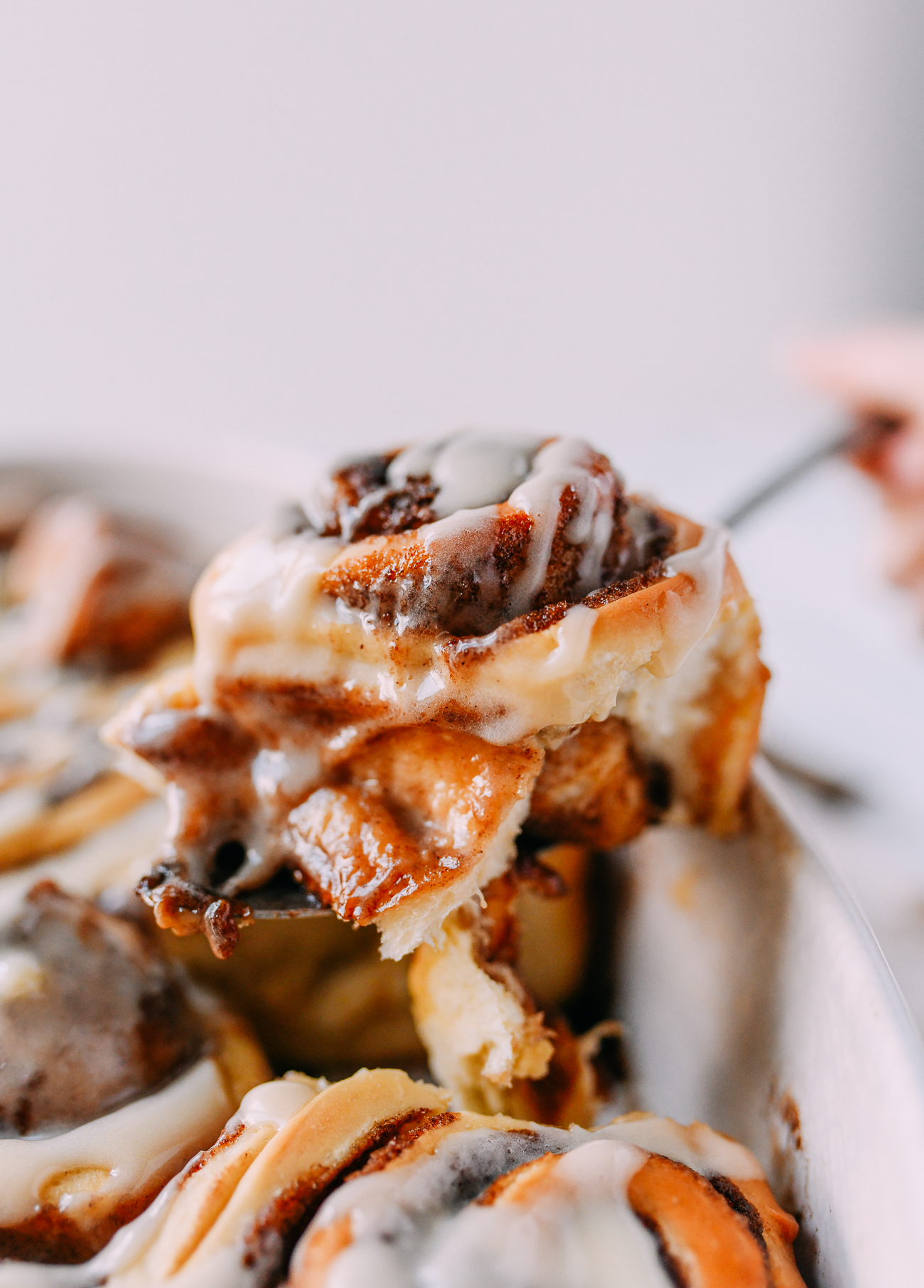
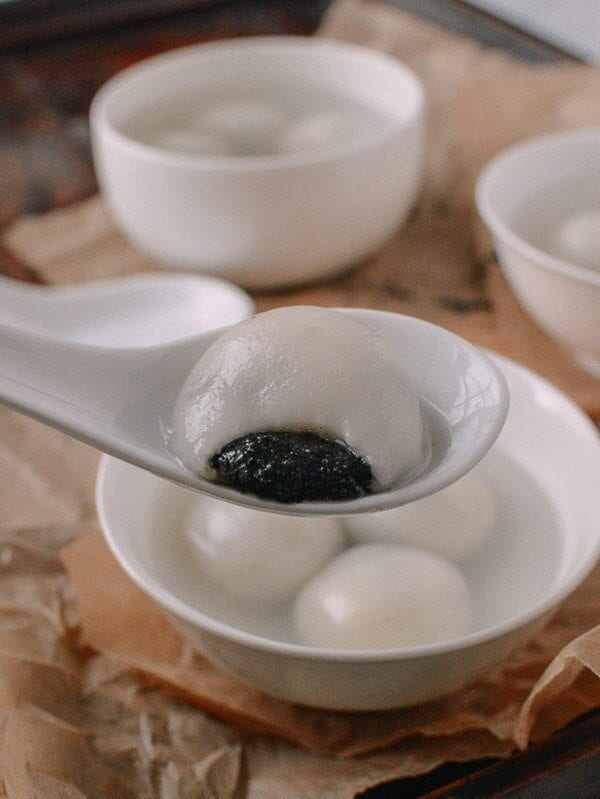

If you’ve never cooked with Chinese red sugar first, I encourage you to try it! Start with a simple tea with red sugar ginger on a cold day or when you have a cold: boil a little fresh ginger, water and red sugar. You will immediately notice the difference in flavor compared to normal sugar and could only become a new staple.

